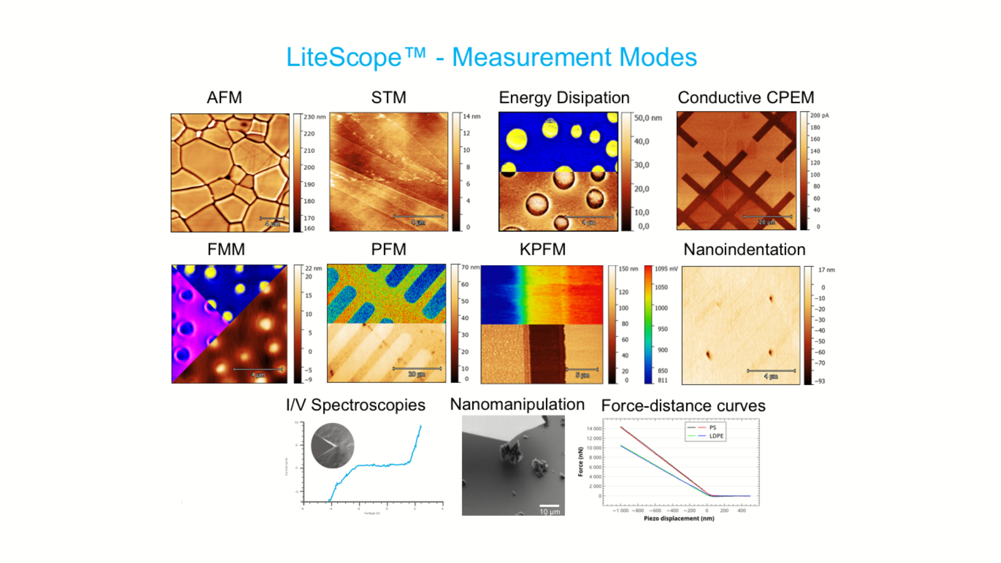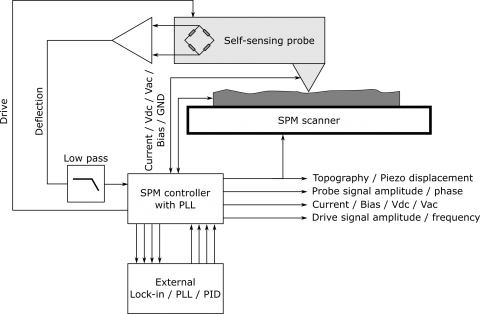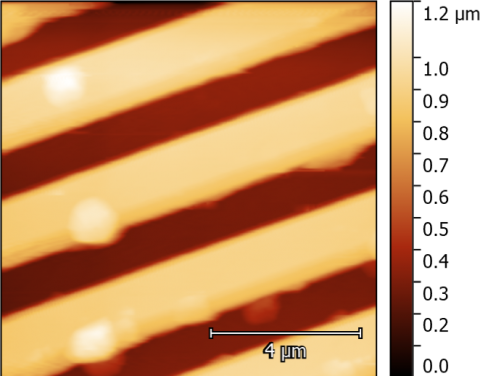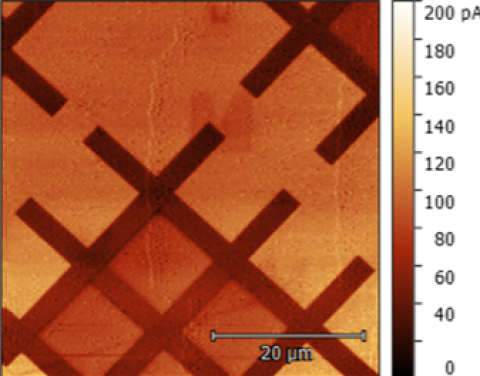What AFM techniques you can perform with LiteScope?

LiteScope™ brings an innovative solution for in-situ AFM-SEM measurement providing a huge range of possible application techniques.
Product
|
13. 09. 2019
|
by Markéta Eliášová
Product
Technology
Related posts

Event
|
05. 11. 2025
|
by Sabina Žilková
NenoVision has won the Czech Head 2025 award!
Nanostructures
Semiconductors
Product
Technology

Event
|
09. 10. 2025
|
by Jana Levá
ISTFA 2025
Semiconductors
Product
Technology

Event
|
27. 08. 2025
|
by Jana Levá
Workshop at Arizona State University
Semiconductors
Product
Technology

Event
|
26. 08. 2025
|
by Jana Levá
Fall 2025 with NenoVision
Semiconductors
Product

Event
|
23. 07. 2025
|
by Jana Levá
IKTS Workshop
Product
Technology



